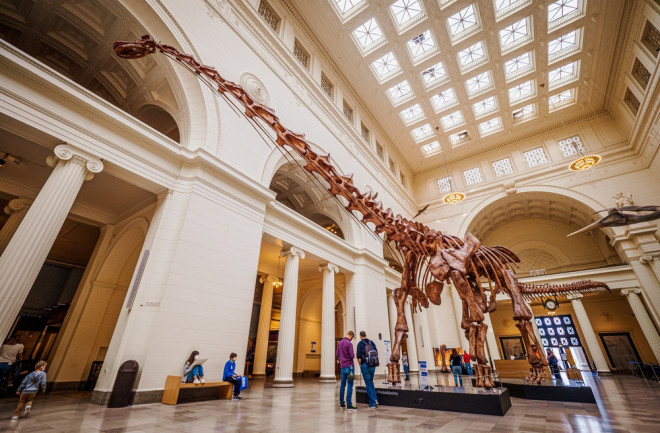In 1842, the term "Dinosauria" (which translates to "terrible lizard") was coined by British anatomist and paleontologist Sir Richard Owens. The Megalosaurus was the first dinosaur described in scientific literature based on a jaw fragment. In the almost 200 years since then, approximately 11,000 dinosaur fossils have been discovered.
Dinosaurs existed during the Mesozoic Era, approximately 250 million years ago. This time included the Triassic, Jurassic, and Cretaceous periods. With more than 700 species of dinosaurs having been identified to date, scientists are still uncovering new evidence. Let's take a look at where some of the largest dinosaur fossils were discovered.

